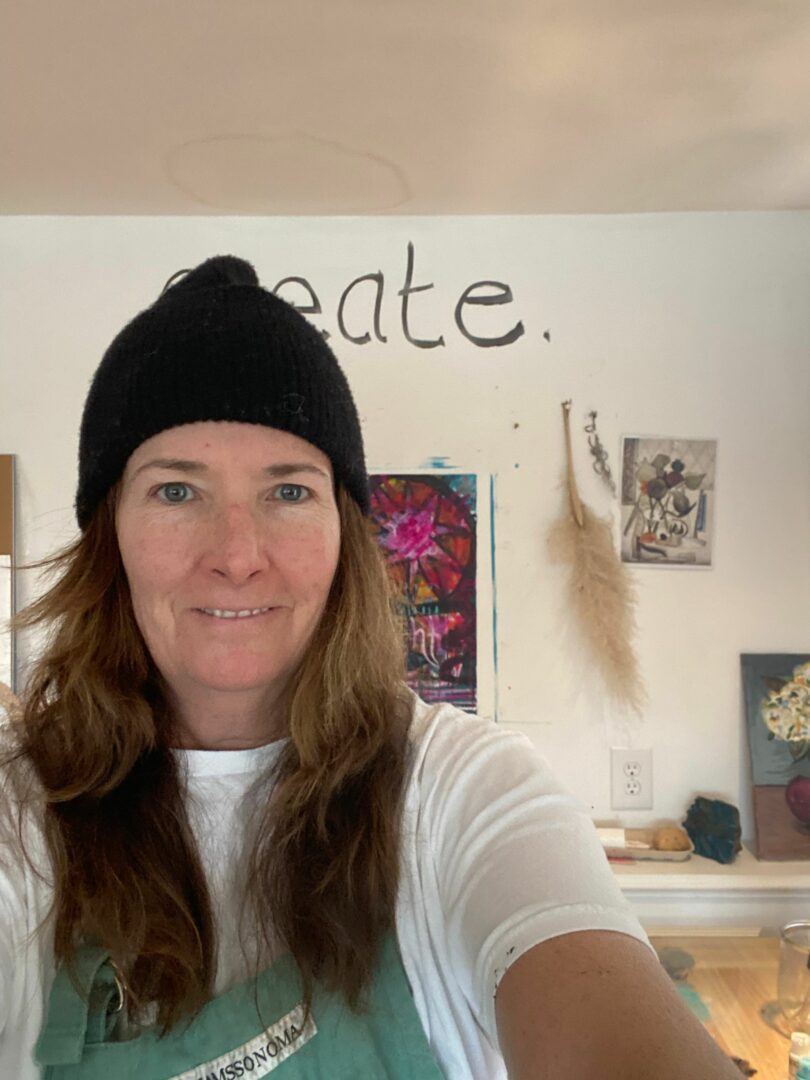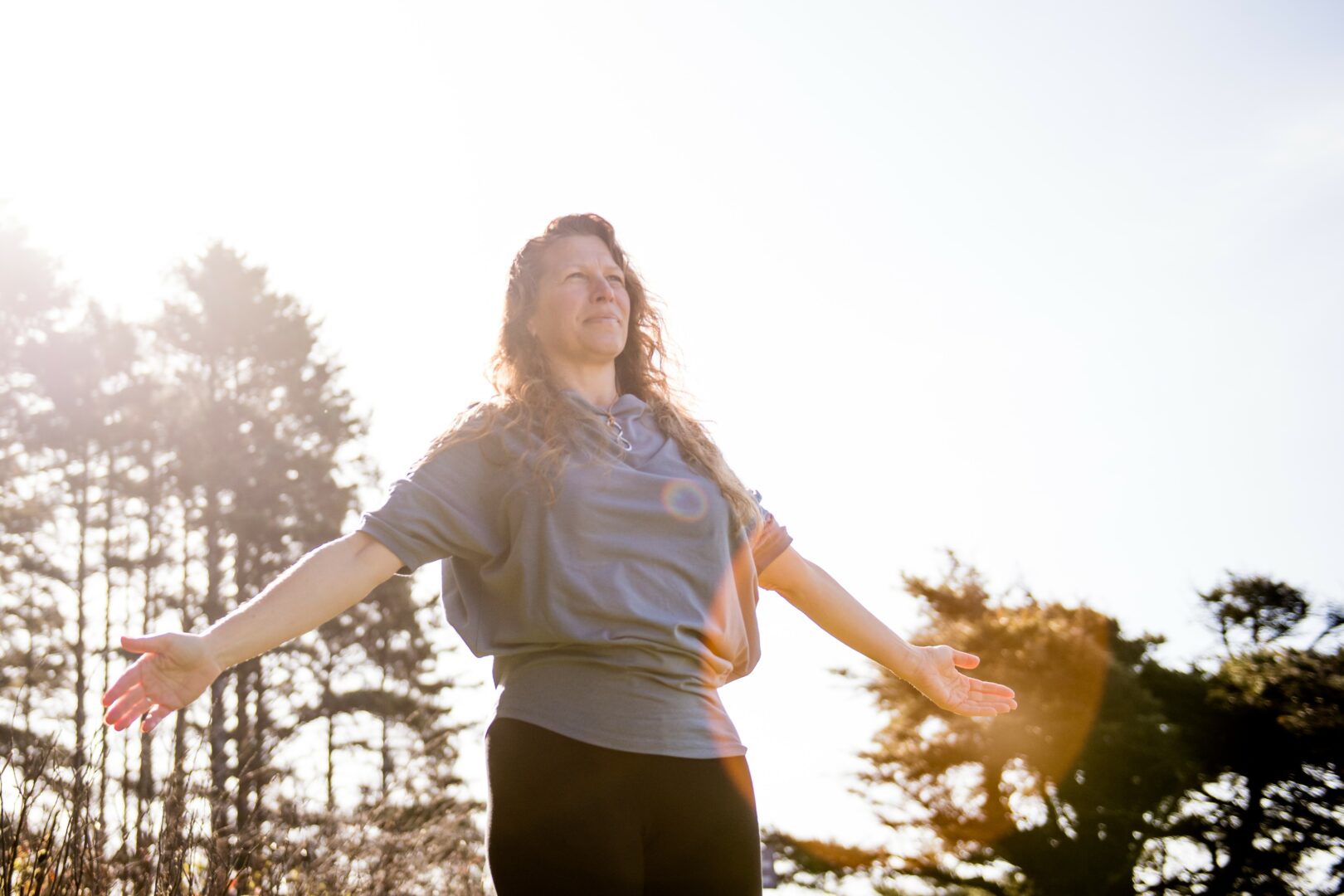Alright – so today we’ve got the honor of introducing you to Lori Welch Brown. We think you’ll enjoy our conversation, we’ve shared it below.
Hi Lori, thank you so much for opening up with us about some important, but sometimes personal topics. One that really matters to us is overcoming Imposter Syndrome because we’ve seen how so many people are held back in life because of this and so we’d really appreciate hearing about how you overcame Imposter Syndrome.
I’m not sure that it’s possible to overcome imposter syndrome permanently–at least I haven’t found the cure. That little monster still creeps its head up every now and then. My best defense against it, however, is to stay present and focus on the doing. As an artist, especially in the age of social media, it’s easy to compare yourself to others and end up feeling like a fraud. You have to remember that art is never apples to apples–everyone’s art is different. Thank goodness!
In the beginning, you’ll likely find yourself ‘copying’ others so you feel like even more of an imposter. You’re watching to see how the artists you admire mix those big, juicy colors and make those amazing marks. You want your art to look ‘professional’ or ‘beautiful’ like theirs. Perhaps it’s what drew you to make art in the first place. But you’ll find that no matter how hard you try, you can’t create work like theirs (trust me, I’ve tried) so then you have to find your own voice/style. The only way to do that is to muck your way through which takes time, patience, and a lot of paint. Sadly, there are no short cuts.
The other thing I do is remind myself that whatever I’m feeling, others are feeling it too–even those ‘professionals’ I admire. Even though I may be alone in my studio, I am not alone in my feelings. There are a lot of great podcasts–Art Juice is one example–that discuss topics such as imposter syndrome that confront artists. They can be very helpful.
It takes courage to try new things. It takes courage to make art–let alone share your art–so you have to give yourself props for that. If you stay with it, you will improve–your art will keep getting better. It’s like going to the gym–if you keep showing up, you’ll see results. When you step back and see what you’ve created, you’ll know it’s real and that you are an artist by the mere fact that you picked up a brush, or pen, or camera or whatever your instrument of choice is.

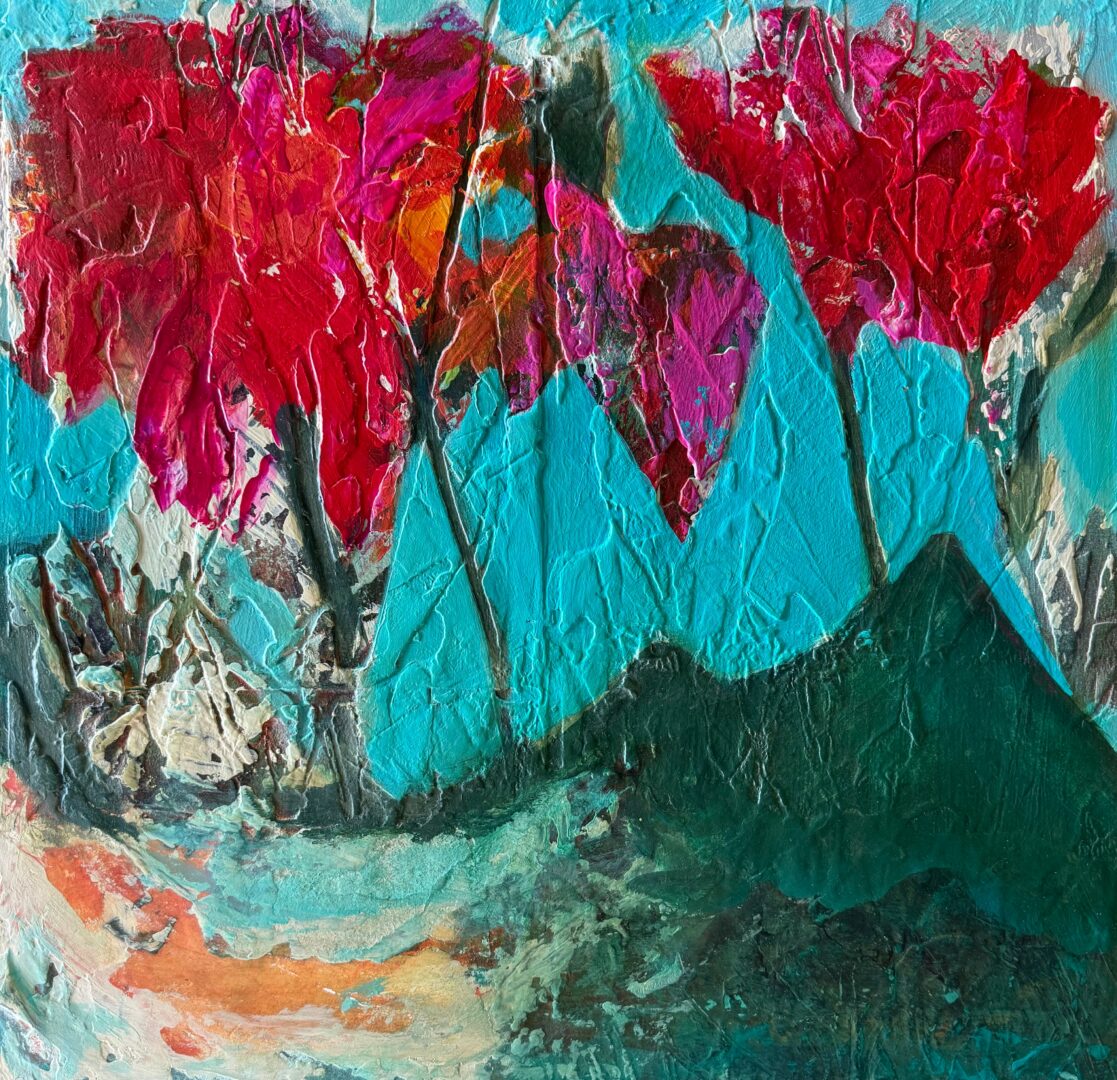
Thanks, so before we move on maybe you can share a bit more about yourself?
I spent the better part of my career in the administrative field. As a graduate of the Katharine Gibbs Secretarial School in the 80s, I went on to work in the C-suite of several large organizations for many years before starting my own personal concierge and professional organizing company in 2001 which I successfully ran for almost 20 years.
In the corporate world, I jumped at any chance to channel my creativity whether through writing the company newsletter, planning events, or creating posters to promote activities. That drive to create was always buzzing in the background so when I took a break in 2016, I immediately signed up for a drawing class. In that moment, the flood gates opened. I wanted to learn everything I could about process, technique, materials, etc. After working in pastels for a few years, I took an online intuitive painting class during COVID taught by Flora Bowley. I fell in love with the freedom that comes from painting abstractly.
After all those years of working in/around Type A personalities, I was able to let go of my logical always ‘thinking’ brain and embrace the imaginative, creative part of myself that been longing to be out in the world. As a mixed media artist, I’m able to feed my love of working with paper, stamps, stencils, etc. It’s the best.


Looking back, what do you think were the three qualities, skills, or areas of knowledge that were most impactful in your journey? What advice do you have for folks who are early in their journey in terms of how they can best develop or improve on these?
When you’re starting out as an artist, it’s natural to feel like everyone else knows what they’re doing and you’re lost in the woods. You have no idea how to mix paint, clean brushes, use mediums, etc., so you become a sponge. At least I did. At a certain point, however, you have to take all your beautiful supplies, sneak away, and go play. Mix paint. Make mud. Make beautiful shades of green you never thought possible. Create marks. Splash water. Stomp on your canvas. Do whatever feels good. Surprise yourself. That is how you become the artist you are meant to be.
As women, we tend to downplay our talents–especially our creativity. Perhaps the younger generations are better at acknowledging their gifts–I sure hope so. I can’t tell you how many times I’ve heard fellow female classmates say, “Oh–it’s awful,” or “Ugh–I don’t know what I’m doing. It’s a mess,” when their work is really good. I wish we could all get better at taking compliments or at least be easier on ourselves–especially if we are in the beginning stages. Give yourself points for showing up and leave the judgement at the door.
One of the great things about artists is that they’re typically very generous with their knowledge, creative criticism, and even supplies. If you’re in a classroom setting, you can learn just as much from your fellow students as you can the instructor. Pay attention. Talk to people. Absorb everything, but then make your own decisions. You’ll hear people say, “Don’t use black, it deadens a painting,” and then, “Use black to create depth,” etc. At the end of the day, it’s your choice. As one of my mentors often says, “Learn the rules, then go break them.”
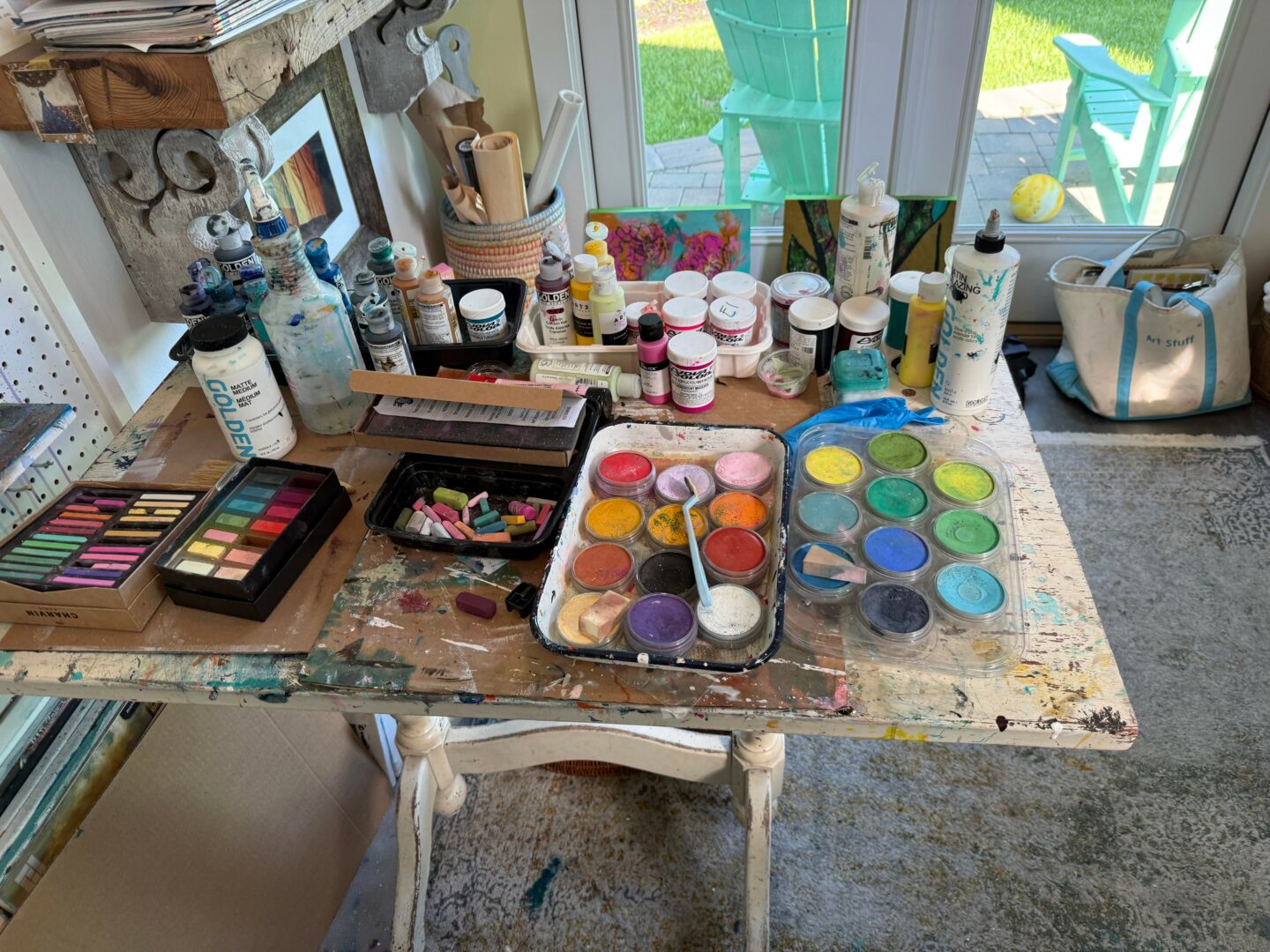
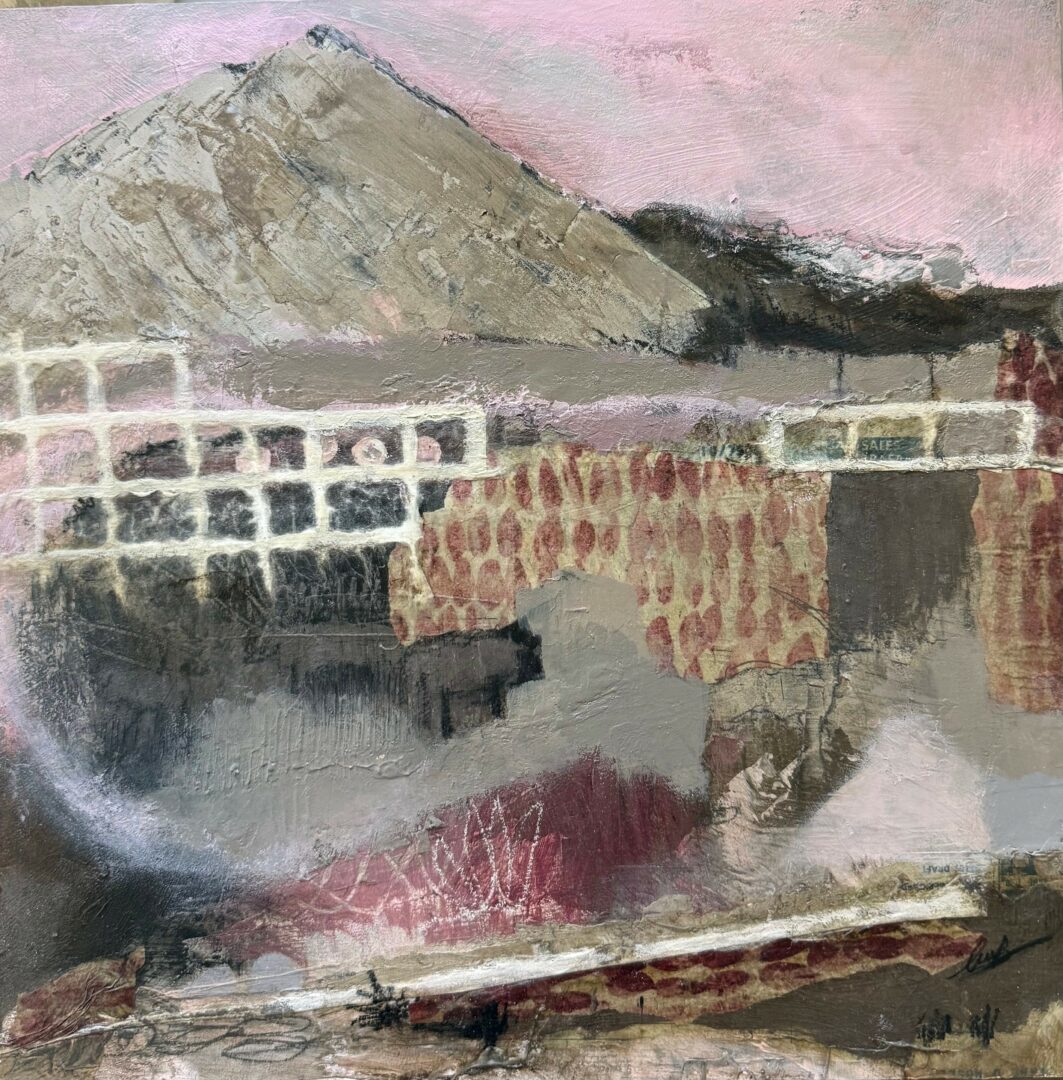
Thanks so much for sharing all these insights with us today. Before we go, is there a book that’s played in important role in your development?
Books and art supplies light me up inside. If I had $20 left to my name, I’d spend $30 on a book and a new pencil or brush. I have to watch myself, however, because sometimes it’s better to spend your time (and money) doing the thing vs. reading about the thing. I remember as a kid reading a book about tennis. My brother walked by and laughed at me. “Why don’t you just go play?” He may have been onto something.
There are so many great books out there, but the two that have been the most impactful to me are The Artists Way by Julia Cameron and The Creative Act: A Way of Being by record producer Rick Rubin. I’ve probably read The Artist’s Way and done the exercises a half dozen times. It’s magical and Julia Cameron is an icon. The Creative Act is the best book on creativity I’ve ever read. It’s the Bible for creatives. Its short, easy-to-read chapters offer powerful insights on energy, imagination, habit/productivity, abundance, motivation, mindfulness, process, etc. I ended up highlighting half the book.
When I’m feeling off or that my creativity has flown the coop, I pick up The Creative Act, and ultimately land on a piece of wisdom that gets me back on track. “Good habits create good art. The way we do anything is the way we do everything. Treat each choice you make, each action you take, each word you speak with skillful care. The goal is to live your life in the service of art.” –Rick Rubin
Contact Info:
- Website: https://loriwelchbrownart.com/
- Instagram: @loriwelchbrownart
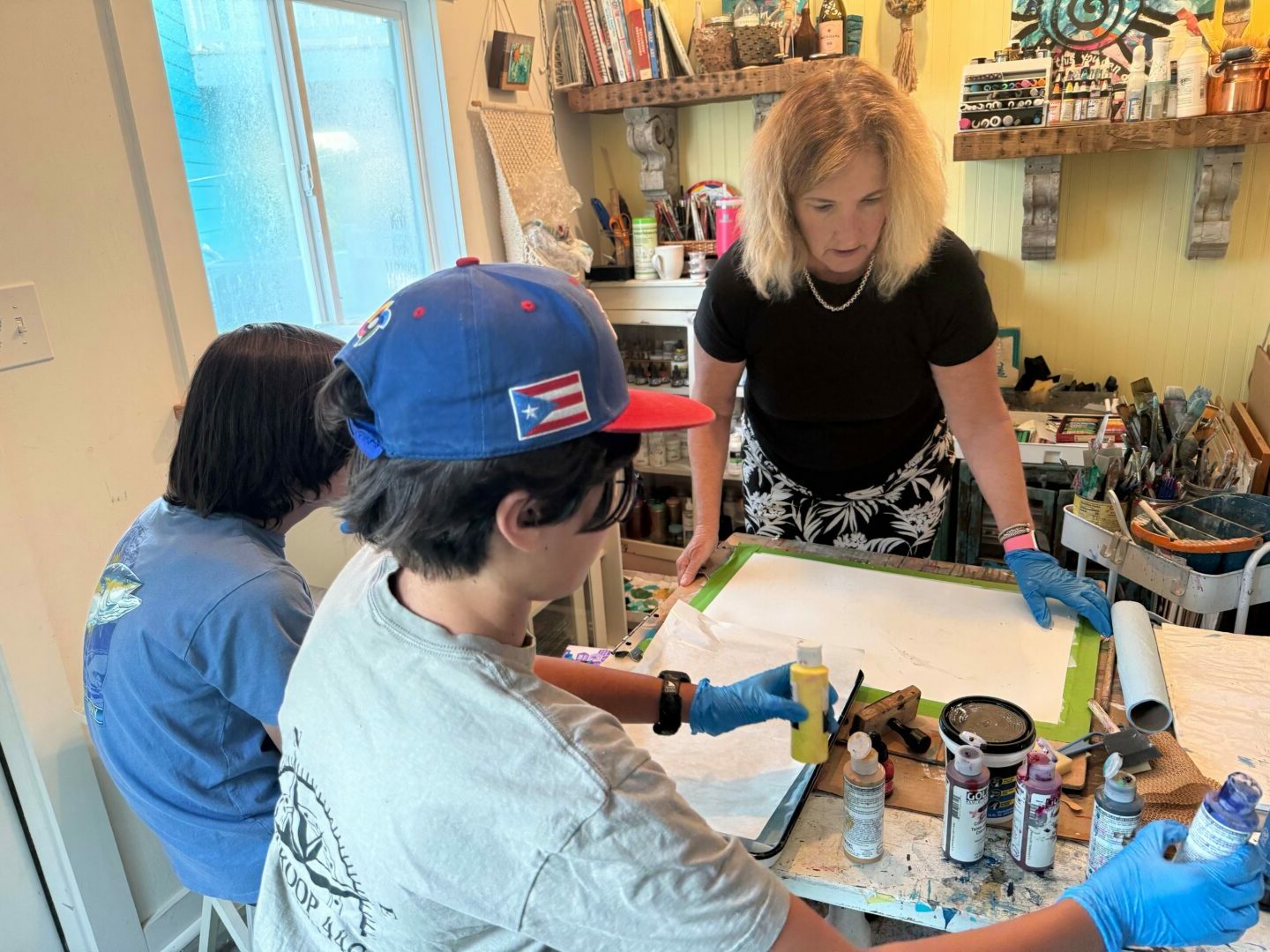
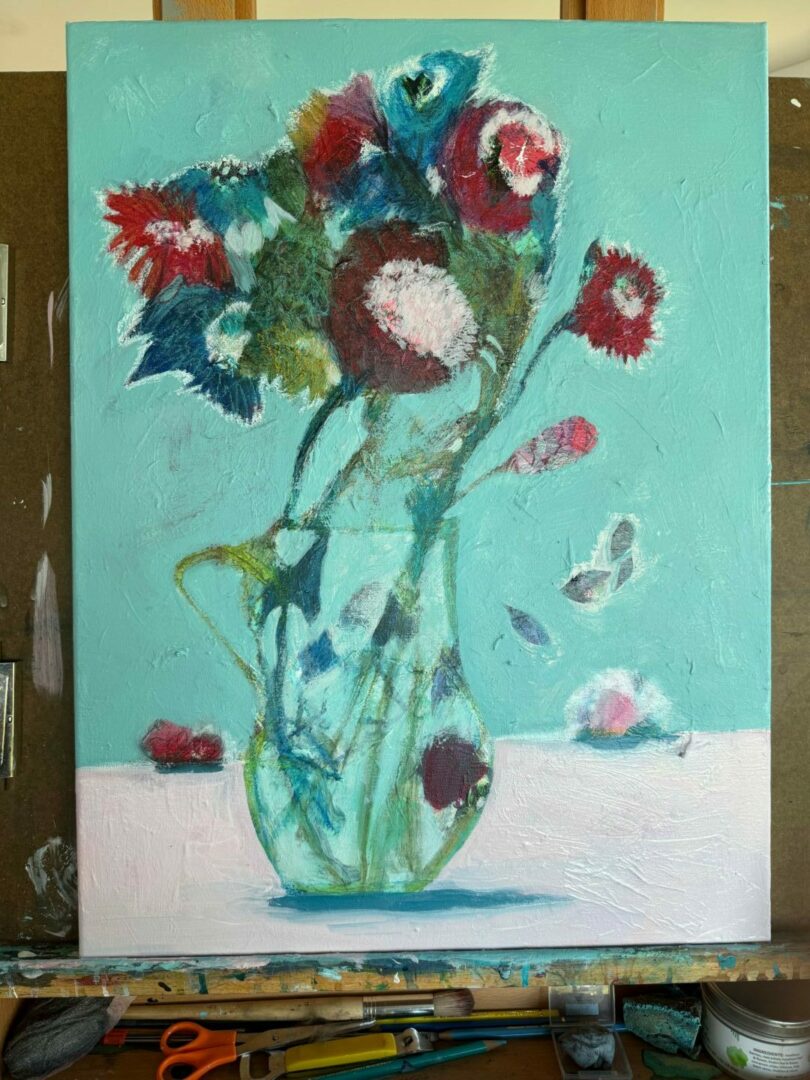
Image Credits
Photo Credits: Lori Welch Brown
so if you or someone you know deserves recognition please let us know here.

